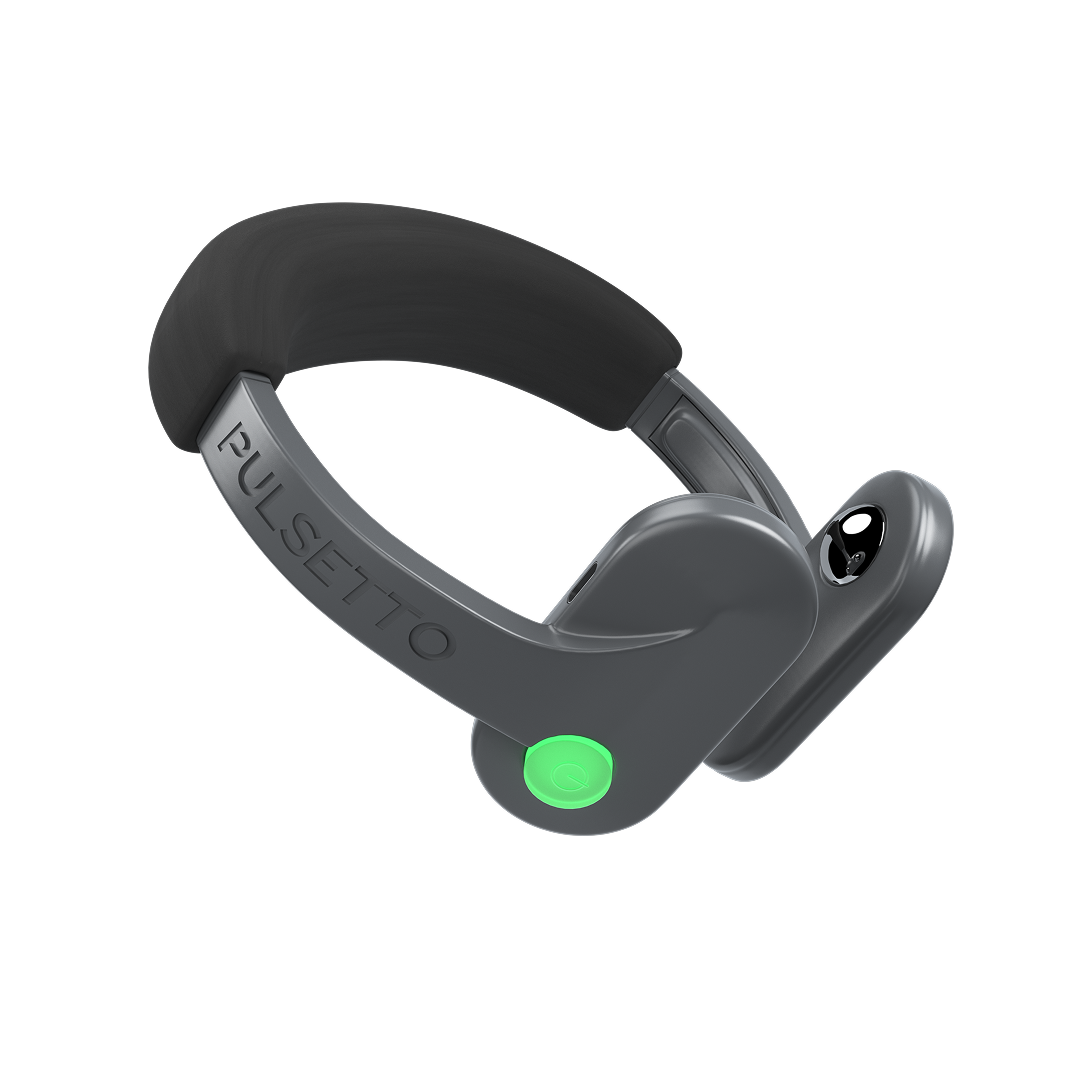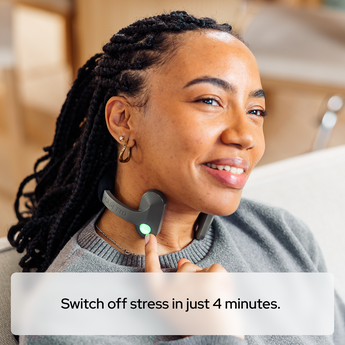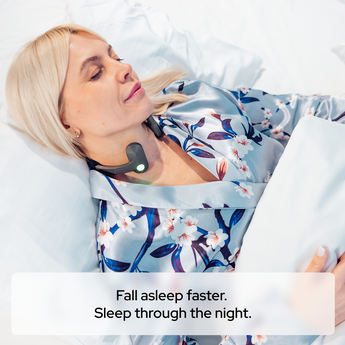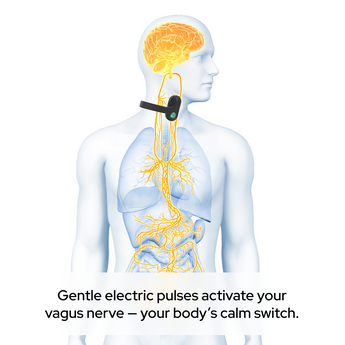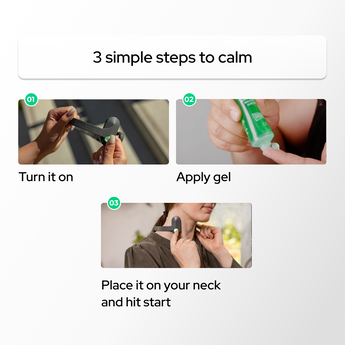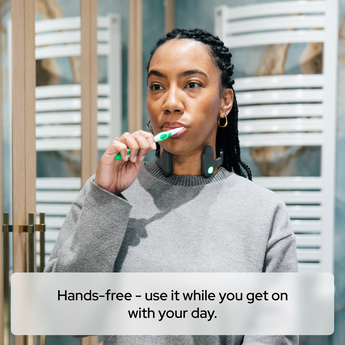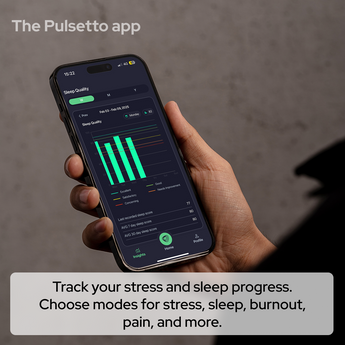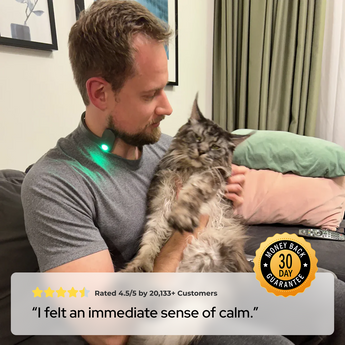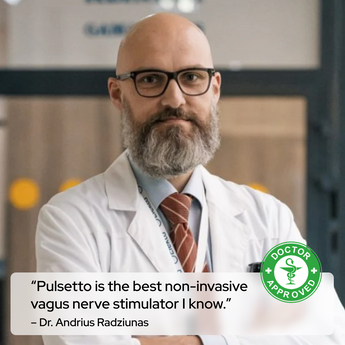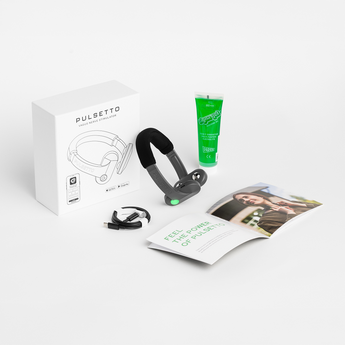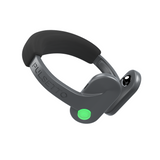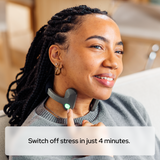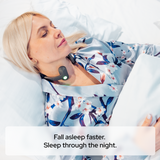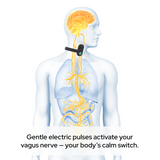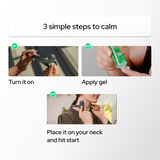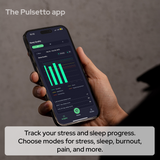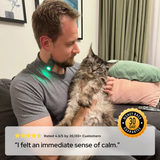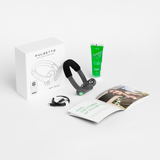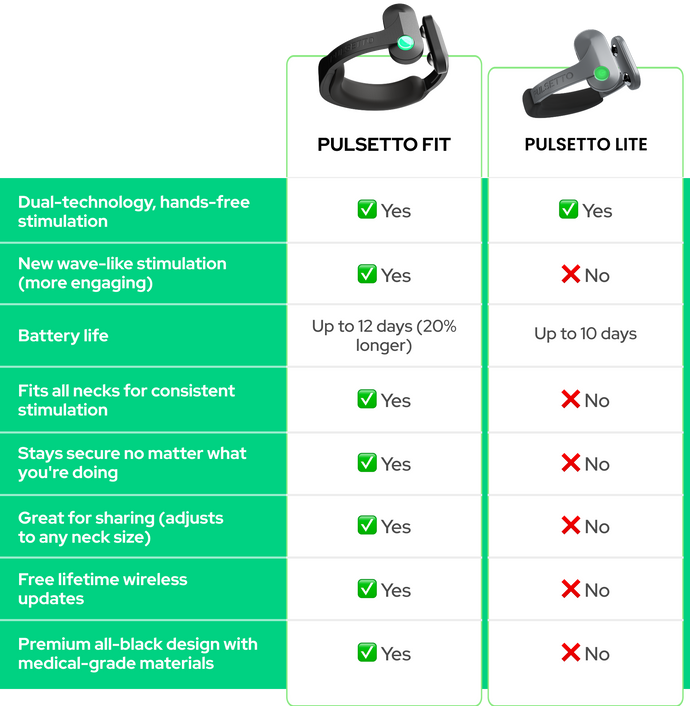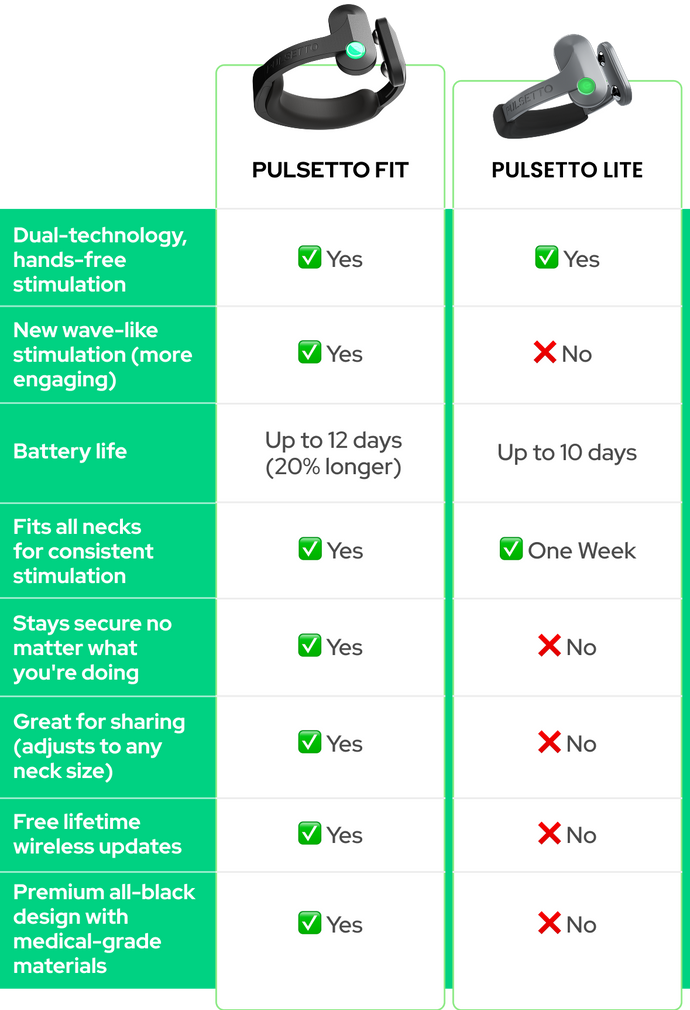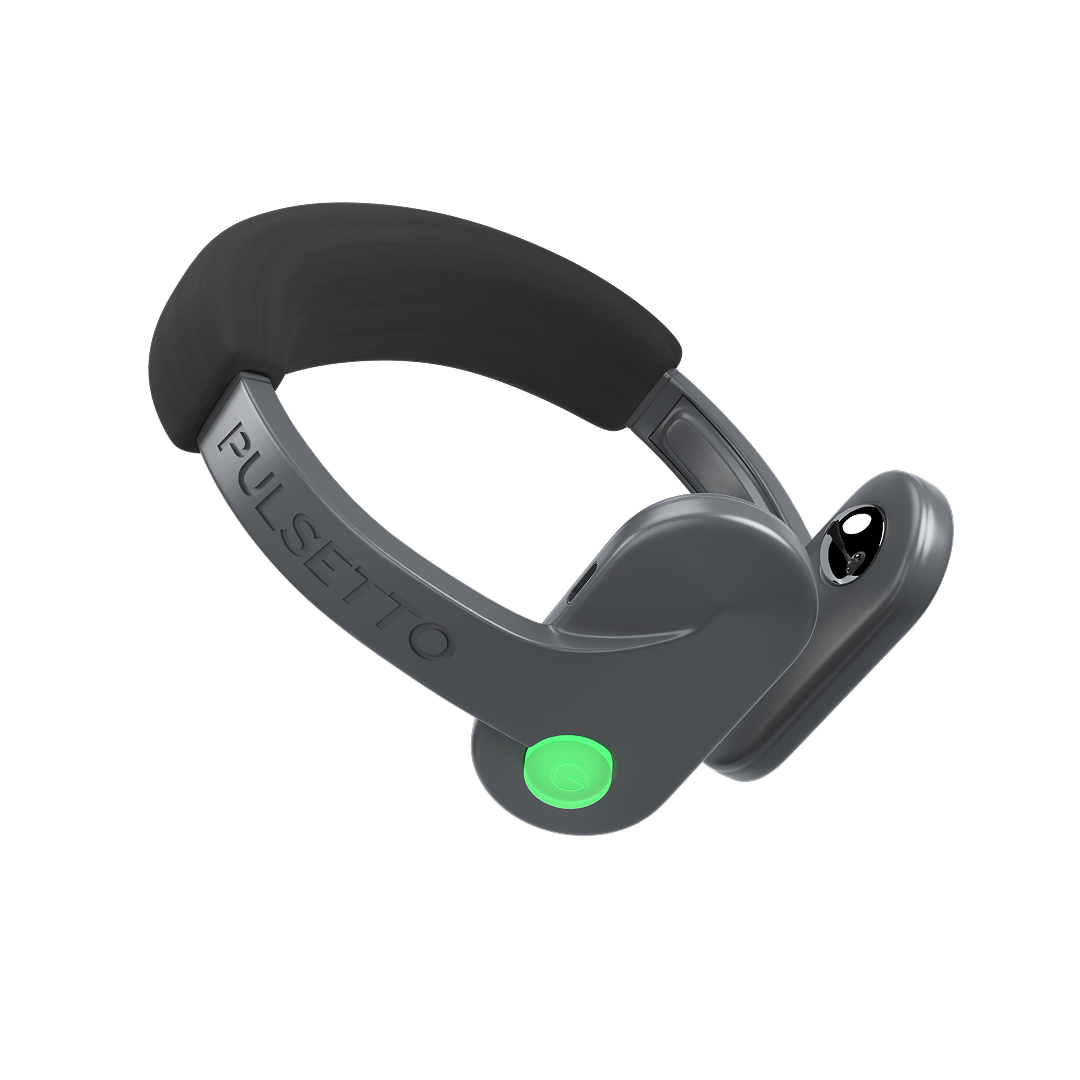The Role of the Vagus Nerve in Balance and Sensation
The vagus nerve plays a significant role in regulating various bodily functions, including balance and sensory perception. Understanding its anatomy and functions can help us see why VNS can be effective means of alleviating spinning and pulling sensations.
Anatomy and Functions of the Vagus Nerve
The vagus nerve is one of the longest nerves in the body, running from the brainstem down to the abdomen. It is responsible for several functions, such as:
- Regulating heart rate
- Controlling digestive processes
- Modulating inflammation
- Influencing mood and stress levels
How the Vagus Nerve Influences Balance and Sensory Perception
The vagus nerve helps regulate the balance and sensory information that the brain receives from the inner ear. When the vagus nerve functions correctly, it ensures that these signals are processed accurately, which helps maintain balance and reduce sensations of spinning or pulling.
Vagus Nerve Stimulation (VNS) Techniques
VNS involves activating the vagus nerve to help manage various symptoms, including those related to balance and sensory perception.
Overview of VNS and Its Mechanisms
VNS works by sending mild electrical impulses to the vagus nerve. These impulses can help regulate the nerve's activity, potentially alleviating symptoms like dizziness and vertigo.
Different Methods of VNS (Invasive vs. Non-Invasive)
There are two main types of VNS:
-
Invasive VNS: This involves surgically implanting a device that sends electrical impulses to the vagus nerve.
-
Non-Invasive VNS: This method uses external devices to stimulate the vagus nerve through the skin.
Benefits and Potential Risks of VNS
VNS offers several benefits, including:
- Non-pharmacological treatment option
- Minimal side effects
- Potential for long-term symptom relief
However, it's essential to be aware of potential risks, such as:
- Discomfort at the stimulation site
- Voice changes
- In rare cases, infection (for invasive VNS)
VNS represents a significant advancement in treating neurological symptoms without relying on invasive procedures or medications. For individuals dealing with persistent spinning or pulling sensations, VNS could be a viable solution.

Stimulating the vagus nerve, which runs from the brain to various organs, offers a number of beneficial effects
Exercise as a Treatment for Spinning and Pulling Sensations
Besides VNS, exercise plays a crucial role in managing spinning and pulling sensations. Specific exercises can help improve balance, strengthen the vestibular system, and reduce symptoms.
Types of Exercises That Can Strengthen the Vestibular System
Vestibular rehabilitation exercises are particularly effective for those suffering from vertigo and related symptoms. These exercises aim to desensitize the vestibular system to movements that trigger symptoms. Some common exercises include:
-
Brandt-Daroff Exercises: These involve moving from a seated position to lying on one side, then the other, to help reduce vertigo symptoms.
-
Gaze Stabilization Exercises: These exercises involve focusing on a stationary object while moving your head back and forth.
-
Balance Training: Simple balance exercises, such as standing on one leg or walking heel-to-toe, can improve stability.
How Exercise Impacts the Vagus Nerve and Balance
Exercise not only strengthens the body but also positively impacts the vagus nerve. Physical activity can stimulate the vagus nerve, enhancing its function and helping to regulate balance and sensory perception. Regular exercise can lead to:
- Improved vagal tone
- Reduced inflammation
- Enhanced mood and stress levels
Creating an Effective Exercise Plan
To create an effective exercise plan for managing spinning and pulling sensations, consider the following steps:
-
Consult a Professional: Speak with a healthcare provider or physical therapist to develop a tailored exercise plan.
-
Start Slow: Begin with simple exercises and gradually increase intensity and duration.
-
Consistency is Key: Regular exercise is essential for long-term benefits. Aim for at least 30 minutes of exercise most days of the week.
-
Monitor Progress: Keep track of your symptoms and adjust your exercise plan as needed.

Balance training can help ease the symptoms of vestibular disorders, which manifest as vertigo.
Combining Vagus Nerve Stimulation with Exercise
Combining VNS with exercise can provide synergistic effects, enhancing the benefits of both treatments. This integrated approach can lead to more comprehensive symptom relief.
Synergistic Effects of VNS and Physical Activity
When combined, VNS and physical activity can amplify each other's benefits. VNS can help regulate the nervous system, making it more receptive to the positive effects of exercise. In turn, exercise can enhance vagal tone, improving the effectiveness of VNS.
How to Start Integrating VNS into an Exercise Routine
To integrate VNS into your exercise routine, follow these steps:
-
Choose the Right VNS Device: Select a non-invasive VNS device that suits your needs and is easy to use.
-
Set a Schedule: Use your VNS device at regular intervals, ideally before or after exercise sessions.
-
Combine with Relaxation Techniques: Incorporate deep breathing or meditation into your routine to enhance the effects of VNS.
-
Monitor and Adjust: Keep track of your symptoms and adjust your VNS and exercise routine as needed.
Monitoring Progress and Adjusting Treatment
Monitoring your progress is essential for optimizing your treatment plan. Keep a journal to track your symptoms, exercise sessions, and VNS usage. This information can help you and your healthcare provider make informed decisions about adjusting your treatment plan.
Alternative Non-Invasive Treatments
In addition to VNS and exercise, several alternative non-invasive treatments can help manage spinning and pulling sensations. These complementary approaches can enhance your overall treatment plan and provide additional symptom relief.
Complementary Approaches
Complementary therapies can offer additional relief and support the primary treatments of VNS and exercise. Some of these approaches include:
-
Acupuncture: This traditional Chinese medicine technique involves inserting thin needles into specific points on the body to balance energy flow and alleviate symptoms.
-
Massage Therapy: Massage can help reduce stress and tension, which may alleviate some symptoms of vertigo.
Using Stress Reduction Techniques for Symptom Management
Stress can exacerbate spinning and pulling sensations, so incorporating stress reduction techniques into your routine can be beneficial. Some effective methods include:
-
Deep Breathing: Practice deep breathing exercises to calm the nervous system and reduce stress.
-
Meditation: Regular meditation can help lower stress levels and improve overall well-being.
-
Yoga: Yoga combines physical postures, breathing exercises, and meditation to promote relaxation and balance.
Pulsetto VNS for Alleviating Spinning and Pulling Sensations
Pulsetto is a portable VNS device primarily designed to help wearers reduce stress and anxiety and improve sleep quality. As a potent non-invasive VNS device, it can also be used as an adjunct to therapies like vestibular rehabilitation therapy to manage the spinning or pulling sensations caused by vertigo and similar disorders.
What is Pulsetto
In a nutshell, Pulsetto is a VNS device that is worn around the neck, where it delivers gentle electrical impulses to the vagus nerve through the skin. Why the neck? Because the neck covers two major branches of the vagus nerve, which makes it the optimal location for performing VNS.

Pulsetto uses ultra-low radio frequency energy to stimulate the vagus nerve in the neck—the primary pathway for the parasympathetic nervous system.
How Pulsetto Can Help Relieve Spinning and Pulling Sensations
As a potent VNS device, Pulsetto can help relieve spinning or pulling sensations by activating the parasympathetic nervous system and reducing stress and anxiety. By using Pulsetto for just four minutes daily, you may experience:
- Reduced dizziness and vertigo symptoms
- Improved balance and stability
- Enhanced overall well-being
Click here to find out how to get $200 off your next Pulsetto order.
Frequently Asked Questions (FAQ)
How can VNS help with spinning and pulling sensations?
VNS may help by modulating neural activity that affects balance and sensory processing. It can potentially alleviate symptoms related to vertigo or dizziness by influencing nerve activity.
What types of spinning and pulling sensations might VNS help with?
VNS may be considered for sensations related to vertigo, dizziness, or balance disorders, particularly when traditional treatments have not been effective.
How does VNS compare to other treatments for spinning and pulling sensations?
VNS is one of several treatment options. Others include medications, vestibular rehabilitation exercises, and lifestyle changes.
Are there any side effects associated with VNS for spinning and pulling sensations?
Possible side effects of VNS can include discomfort at the stimulation site, changes in voice, or tingling sensations. Most side effects are mild and temporary.
Can VNS be used in conjunction with other treatments for spinning and pulling sensations?
Yes, VNS can often be used alongside other treatments, such as physical therapy, medications, or lifestyle adjustments. It’s important to consult with a healthcare provider to create a comprehensive treatment plan.




